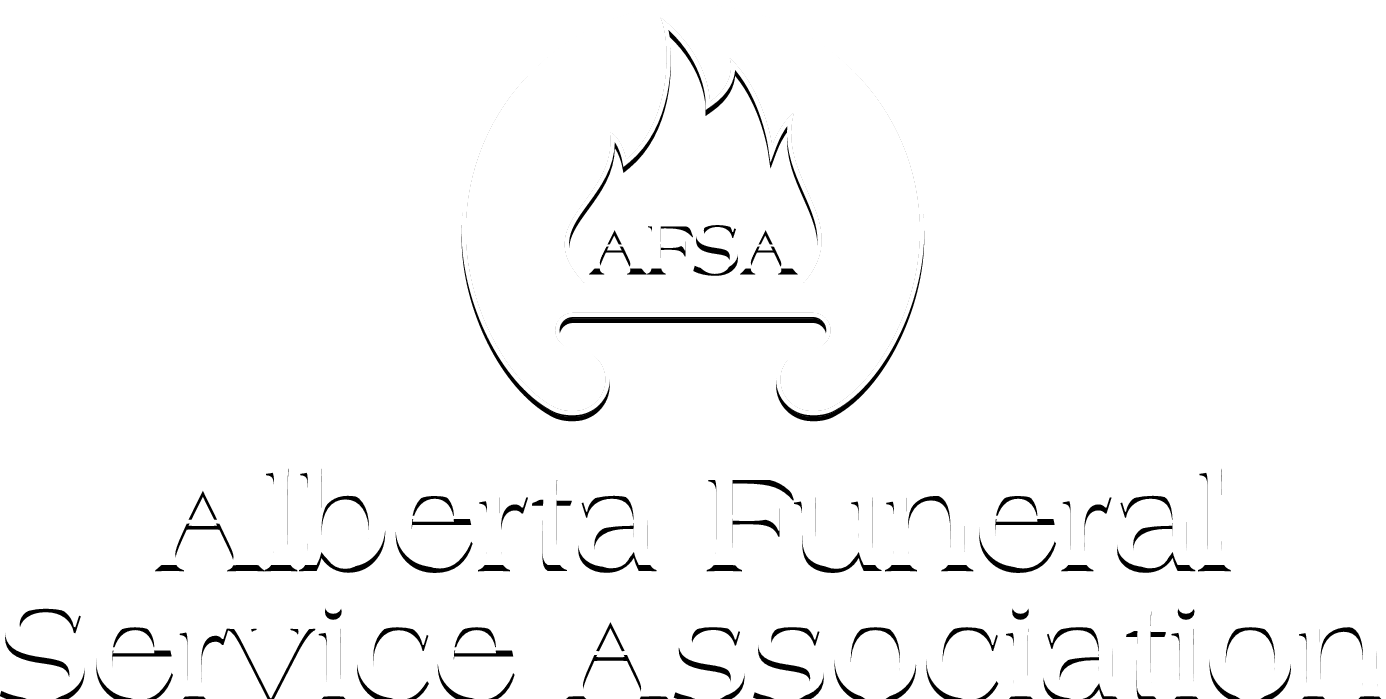Burial Services
Traditionally, a burial service involves a visitation, followed by a funeral service in a church, or hall. The casket is typically present at both of these events, and it is your decision on whether to have the casket open or not. Other options include embalming, casket choices, what cemetery to use, and what to put on the gravestone. Burial in a cemetery with a monument preserves your family history for generations to come.

Cemetery Types
Monumental cemetery: A monumental cemetery is the traditional style of cemetery where headstones or other monuments made of granite rise vertically above or horizontal with the ground. There are countless different types of designs for headstones, ranging from very simple to large and complex.
Columbarium: Columbarium walls hold cremated remains. While cremated remains can be kept at home by families or scattered somewhere significant to the deceased, a columbarium provides friends and family a place to come to mourn and visit. Columbarium walls do not take up a lot of space and it is an alternative to a burial plot.
Burial FAQ
What is opening and closing and why is it so expensive?
Opening and closing fees can include up to and beyond 50 separate services provided by the cemetery. Typically, the opening and closing fee include administration and permanent record keeping (determining ownership, obtaining permission and the completion of other documentation which may be required, entering the interment particulars in the interment register, maintaining all legal files); opening and closing the grave (locating the grave and laying out the boundaries, excavating and filling the interment space); installation and removal of the lowering device; placement and removal of artificial grass dressing and coco-matting at the grave site, leveling, tamping, re-grading and sodding the gravesite and leveling and re-sodding the grave if the earth settles.
Why is having a place to visit so important?
To remember and to be remembered are natural human needs. A permanent memorial in a cemetery provides a focal point for remembrance and memorializing the deceased. Throughout human history, memorialization of the dead has been a key component of almost every culture. Psychologists say that remembrance practices, from the funeral or memorial service to permanent memorialization, serve an important emotional function for survivors by helping them bring closure and allowing the healing process to begin. Providing a permanent resting place for the deceased is a dignified treatment for a loved one’s mortal remains, which fulfills the natural human desire for memorialization.
In a hundred years will this cemetery still be there?
We think of cemetery lands as being in perpetuity. There are cemeteries throughout the world that have been in existence for hundreds of years.
How soon after or how long after a death must an individual be buried?
Considerations that will affect the timeline include the need to secure all permits and authorizations, notification of family and friends, preparation of the cemetery site and religious considerations.
Does a body have to be embalmed before it is buried?
No. Embalming is a choice that depends on factors such as if there is to be an open casket viewing of the body or if there is to be an extended time between death and internment. Public health laws may require embalming if the body is going to be transported by air or rail.
What options are available besides ground burial?
Most cemeteries provide choices for those who have selected cremation. These often include placement of cremated remains in a niche of a columbarium or interment in an urn space.
What are burial vaults and grave liners?
These are the outside containers into which the casket is placed. Burial vaults are designed to protect the casket and may be made of a variety or combination of materials including concrete, stainless steel, galvanized steel, copper, bronze, plastic or fiberglass. A grave liner is a lightweight version of a vault that simply keeps the grave surface from sinking in.
Must I purchase a burial vault?
Most large, active cemeteries have regulations that require the use of a basic grave liner for maintenance and safety purposes. Either a grave liner or a burial vault will satisfy these requirements. Some smaller rural or churchyard cemeteries do not require the use of a container to surround the casket in the grave.
COMMUNITY EVENTS
Beaverlodge Funeral Service is proud to be a part of our community. We aim to regularly offer services, like grief support groups and estate planning, as well as other activities. We strive to contribute to our community by sponsoring and participating in local events. We keep this page up-to-date and are always happy to answer any questions you may have.
OBITUARIES AND TRIBUTES
We understand that it is not always possible to attend a service in person. In light of this, we've created beautiful interactive online tributes to memorialize your love one. Leave a condolence, share a memory, post a photo, light a candle, and more!
When posting a condolence or gesture onto a Tribute Page, please be advised it goes through an approval process before being published. Sorry for any inconvenience this may cause.
PRE-PLANNING
Many people plan for life events such as weddings and vacations well in advance, but many people do not plan for something that is certain to happen, their funeral. While most people do not want to think about their own mortality, the time to pre-plan your funeral is now.



